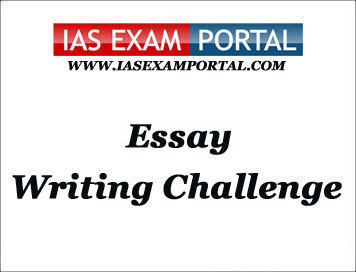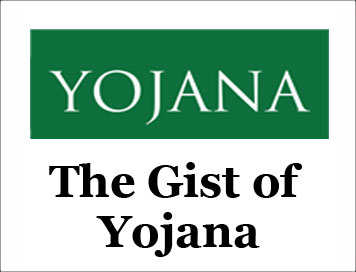
Government Plan Programme Policies for UPSC Exam
:: Goods and Services Tax ::
President has recently signed the 122nd constitutional
amendment act, which is to bring a single taxation system of GST in India. This
constitutional amendment will make India a single market and will have various
important benefits for the common people of India. It will lead to reduction on
tax on tax as well as movement of goods would be more smooth across the India.
Till now we pay different taxes in different states. After the proper
implementation of GST, tax on goods and services would be similar in all the
states. GST is one indirect tax for the whole nation, which will make India one
unified common market. GST is a single tax on the supply of goods and services,
right from the manufacturer to the consumer. GST is a tax on value addition at
every stage, taxes paid during the previous stage will be given at next stage as
crduts. The final consumer will thus bear only the GST charged by the last
dealer in the supply chain, with set-off benefits at all the previous stages.
Various very important taxes would be subsumed under the Goods and services
tax after its implementation. List of important taxes to be subsumed under the
GST is given below:
At the Central level, the following taxes are being subsumed:
a. Central Excise Duty,
b. Additional Excise Duty,
c. Service Tax,
d. Additional Customs Duty commonly known as Countervailing Duty, and
e. Special Additional Duty of Customs.
At the State level, the following taxes are being subsumed:
a. Subsuming of State Value Added Tax/Sales Tax,
b. Entertainment Tax (other than the tax levied by the local bodies), Central
Sales Tax (levied by the Centre and collected by the States),
c. Octroi and Entry tax,
d. Purchase Tax,
e. Luxury tax, and
f. Taxes on lottery, betting and gambling.





 What
is SAARC Youth Conference?
What
is SAARC Youth Conference?
